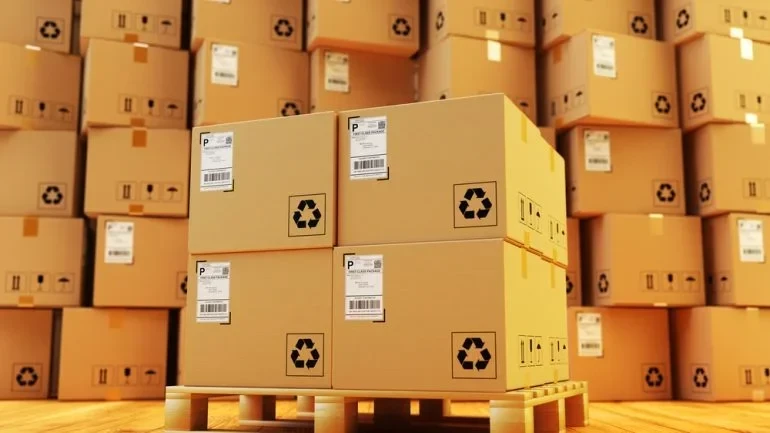Discover the timeless principles of packaging logistics essential for businesses aiming to optimise operations, costs, and customer satisfaction in today’s competitive market.

In the complex world of supply chain management, effective packaging logistics plays a crucial role in ensuring the smooth flow of goods from production facilities to end-users.
While technological advancements and innovative solutions continue to shape the logistics landscape, mastering the basics of packaging logistics remains essential for businesses to achieve efficiency, reliability, and cost-effectiveness.
In this article, we explore the enduring principles of packaging logistics that serve as the foundation for success in the ever-evolving industry.
The importance of packaging logistics
Packaging logistics encompasses the planning, execution, and management of packaging materials and processes throughout the supply chain.
It involves everything from selecting the appropriate packaging materials to optimising storage and transportation methods.
Effective packaging logistics not only protects products from damage but also reduces costs, minimises environmental impact, and enhances customer satisfaction.
By mastering the basics of packaging logistics, businesses can streamline operations, improve efficiency, and gain a competitive edge in the marketplace.
Optimal packaging design and material selection
At the heart of packaging logistics lies the optimal design and selection of packaging materials.
Choosing the right packaging materials is crucial for protecting products during transit, minimising waste, and maximising storage space.
From corrugated cardboard boxes to shrink wrap and pallets, each packaging material has its advantages and limitations depending on factors such as product type, weight, fragility, and transportation mode.
By conducting thorough packaging assessments and considering factors such as product dimensions, weight distribution, and environmental factors, businesses can select packaging materials that optimise space, reduce costs, and ensure product integrity throughout the supply chain.
Efficient warehousing and inventory management
Efficient warehousing and inventory management are essential components of effective packaging logistics.
Properly organising and managing inventory helps businesses minimise storage costs, reduce order fulfilment times, and prevent stockouts or overstock situations.
Utilising warehouse management systems (WMS) and inventory tracking technologies allows businesses to monitor stock levels, track product movements, and forecast demand accurately.
Additionally, adopting lean principles such as just-in-time (JIT) inventory management and implementing efficient picking and packing processes can further streamline operations and minimise waste.
By optimising warehousing and inventory management practices, businesses can improve operational efficiency, reduce costs, and enhance overall supply chain performance.
Optimised transportation and distribution strategies
Optimising transportation and distribution strategies is critical for ensuring timely delivery of products while minimising transportation costs and environmental impact.
Businesses must consider factors such as shipping distances, transportation modes, carrier selection, and route planning when developing transportation and distribution plans.
Utilising transportation management systems (TMS) and route optimisation software can help businesses streamline logistics operations, reduce fuel consumption, and improve delivery accuracy.
Additionally, implementing sustainable transportation practices such as consolidation, mode shifting, and intermodal transportation can help businesses reduce carbon emissions and contribute to environmental sustainability.
By optimising transportation and distribution strategies, businesses can enhance customer satisfaction, reduce costs, and gain a competitive advantage in the marketplace.
In the end, mastering the basics of packaging logistics is essential for businesses to achieve efficiency, reliability, and cost-effectiveness in today’s competitive marketplace.
By focusing on principles such as optimal packaging design and material selection, efficient warehousing and inventory management, and optimised transportation and distribution strategies, businesses can streamline operations, reduce costs, and enhance overall supply chain performance.
These enduring principles of packaging logistics serve as the foundation for success in the ever-evolving industry and provide businesses with the tools they need to navigate the complexities of the modern supply chain landscape.
Source from Packaging Gateway
Disclaimer: The information set forth above is provided by packaging-gateway.com independently of Alibaba.com. Alibaba.com makes no representation and warranties as to the quality and reliability of the seller and products.



